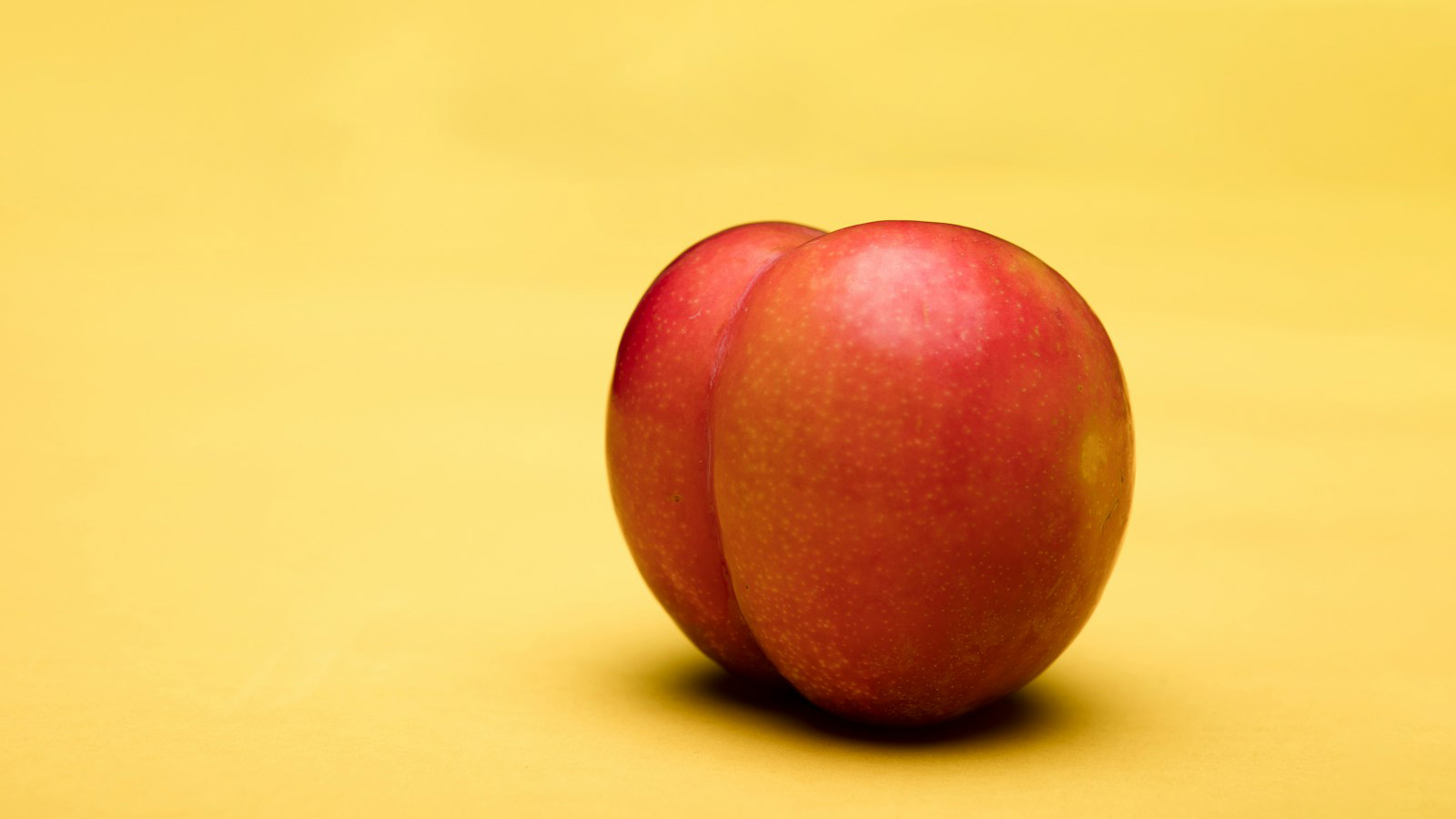Spanking in the Bedroom: A Complete Guide to Talking, Safety, and Styles

Spanking is one of the most popular forms of impact play — and for good reason. It can be playful, erotic, cathartic, or deeply intimate. Some couples enjoy a cheeky slap during foreplay, while others dive into structured spanking sessions with paddles, canes, or whips.
If you’re curious about exploring spanking with your partner, the key is clear communication, consent, and safety. In this guide, we’ll cover everything you need to know:
- How to talk to your partner about spanking
- Safety basics for impact play
- Different types of spanking (from playful to disciplinary)
- Tools like floggers, canes, and whips
- The role of humiliation and arousal
- Tips for aftercare and deepening intimacy
- Common questions about spanking and impact play
How to Talk to Your Partner About Spanking
Bringing up new desires can feel intimidating. But having an open conversation is the first step toward making spanking a positive experience.
- Pick the right time. Avoid springing it on your partner mid-sex. Choose a relaxed, private moment.
- Use curiosity, not pressure. Say something like: “I’ve been curious about spanking — would you like to explore it together?”
- Be specific about what excites you. Are you drawn to the physical sting, the intimacy, the roleplay, or the emotional release?
- Invite their thoughts. Ask if they’ve ever been curious or had fantasies about spanking.
👉 Remember: the goal is not to “convince” your partner, but to discover whether spanking can become a shared interest.
Safety Basics of Spanking and Impact Play
Spanking might seem simple, but like all forms of BDSM impact play, safety makes the difference between fun and harm.
- Consent comes first. Talk about limits, body areas, intensity, and safewords before you start.
- Start light. Build gradually — especially if it’s your first time. A light hand can still be very arousing.
- Know the safe zones. Buttocks and upper thighs are best. Avoid the lower back, kidneys, spine, and joints.
- Establish safewords. “Green” (all good), “yellow” (slow down), and “red” (stop immediately) are simple and effective.
- Mind your tools. Each tool (hand, paddle, flogger, cane, whip) creates different sensations — learn before you use.
- Warm up. Rubbing or lightly massaging before spanking helps prepare the skin and reduces soreness.
Types of Spanking
Not all spanking looks or feels the same. Here are some styles to explore:
1. Playful Spanking
- Light, spontaneous smacks during foreplay.
- Adds fun and flirtation without intensity.
- Often paired with laughter and teasing.
2. Sensual Spanking
- Blended with touch, massage, or dirty talk.
- Focuses on arousal and connection rather than pain.
- Works well as part of slow, intimate build-up.
3. Disciplinary or Roleplay Spanking
- Linked to power dynamics or scenarios (teacher/student, boss/employee).
- Often ritualized, with structure and meaning.
- Combines physical impact with psychological play.
4. Cathartic Spanking
- Some enjoy spanking as emotional release.
- Can involve longer, rhythmic impact sessions.
- May trigger endorphins, laughter, or tears — creating a sense of release.
Tools of Impact Play: Paddles, Canes, Floggers, and Whips
Hands are a great place to start, but exploring toys opens up a wider range of sensations.
- Paddles: Provide a solid, thuddy impact. Great for even strikes and control.
- Canes: Deliver sharp, stingy sensations. Require precision and control — best for experienced players.
- Floggers: Multi-tailed whips that can feel light and ticklish or heavy and thuddy depending on use.
- Whips: More advanced — can be intense, loud, and dramatic. Only use with practice and space.
Each tool comes with its own learning curve. Beginners often enjoy paddles or soft floggers before progressing to canes and whips.
The Humiliation Factor
For some, spanking isn’t just about physical sensation — it’s also about the psychological edge of humiliation. Being “punished,” “scolded,” or “put in your place” can be deeply arousing, especially when woven into roleplay or dominance/submission dynamics.
This doesn’t mean humiliation is for everyone, but for those who enjoy it, spanking can heighten feelings of vulnerability and erotic surrender.
👉 Curious why some people find humiliation arousing? Read our guide on humiliation and arousal.
Aftercare: What Happens After Spanking
Once the adrenaline and endorphins wear off, both partners may need grounding. Aftercare is the step that turns spanking from “just impact” into intimacy.
Good aftercare can include:
- Gentle caresses or massaging the spanked area
- Warm blankets, cuddling, or a soothing bath
- Positive affirmations like “You did great” or “I loved sharing that with you”
- Talking through what each person enjoyed (or didn’t enjoy)
Aftercare isn’t optional — it’s what makes BDSM safe, sustainable, and relationship-strengthening.
Spanking FAQs
Does spanking hurt?
It depends on intensity. Light spanking can be playful and arousing without much pain, while harder spanking or tools like canes add sting. Always start gently.
How do I know if my partner is into spanking?
The best way is to ask in a relaxed moment — or use Echo to discover shared interests privately, with only mutual matches revealed.
Is spanking dangerous?
When done with consent and care, no. Stick to fleshy areas, avoid dangerous zones, and use safewords.
What if I want to spank but my partner doesn’t?
Consent is essential. If they aren’t interested, respect their boundary and look for other shared desires you both enjoy.
Final Thoughts
Spanking is one of the most accessible and versatile forms of BDSM impact play. Whether you prefer playful taps or structured discipline, it’s an opportunity to explore trust, intimacy, and shared arousal.
With communication, safety, and exploration, spanking can shift from a curiosity into a deeply rewarding shared adventure.
